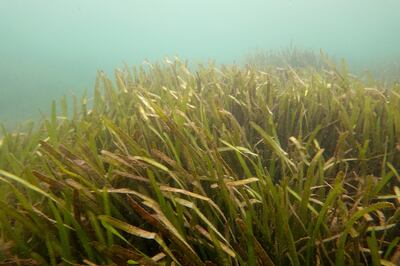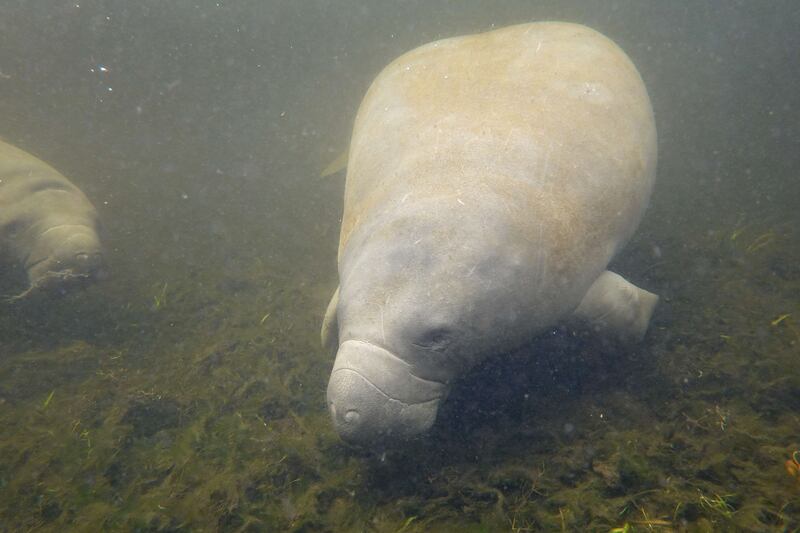British scientists are leading an international study to replace vital seagrass beds to help combat climate change.
Seagrass, the world’s only underwater flowering plant, is vital for biodiversity and absorbs carbon dioxide 35 times as fast as rainforests do.
Described as the world’s underwater rainforest, it creates a habitat for fish and other aquatic wildlife, stores carbon and nitrogen, and improves water quality.
Now a team at Swansea University has worked with the University of Portsmouth and the Zoological Society of London to publish a guide on seagrass restoration.
At least 44 per cent of the UK’s seagrass has disappeared since 1936, 39 per cent of which has vanished within the past 30 years.
“Seagrass meadows around the UK have been decimated,” said the study’s lead author, Dr Richard Unsworth, of Swansea University.
“Their restoration can now play a part in a much-needed response to fighting the climate emergency and the biodiversity crisis.
“Swansea University has played a leading role in spearheading seagrass restoration and conservation research around the UK in collaboration with its homegrown marine conservation charity, Project Seagrass.

“The creation of this handbook, with leading contributions from many staff, students and alumni from biosciences, reflects almost a decade of Swansea seagrass research in the UK and globally.”
The Seagrass Restoration Handbook was commissioned by the UK Environment Agency.
Tony Juniper, chairman of the government agency Natural England, said the seagrass beds help to mitigate rising sea levels.
“Seagrass beds hold significant quantities of carbon that would otherwise be in the atmosphere,” he said.
“They also help mitigate the impact of more extreme weather and sea-level rise while improving water quality and stabilising the seabed.
“In addition, lush, dense seagrass beds full of life show us what a healthy sea should look like and inspire us to protect our oceans.
“Although many of our seagrass beds are now within Marine Protected Areas, it is important to increase our ambition and add restoration to protection efforts.”
Dr Joanne Preston, of the Institute of Marine Sciences at the University of Portsmouth, said action to restore the beds was needed urgently.
“Now is the time for action; we can’t delay any longer the restoration of marine ecosystems on which humans depend, yet have largely destroyed,” she said.
“I hope this handbook will inspire and equip groups around the UK and beyond to get involved in restoring seagrass ecosystem and the wonderful biodiversity associated with them.”
Seagrass flowers are pollinated by shrimps and other creatures.
Last year, a UN report revealed 7 per cent of seagrass beds were being lost worldwide every year, equating to a football pitch of seagrass every 30 minutes.
The UAE is supporting an initiative to protect almost 30 per cent of the world’s oceans by 2030.
This month, Florida revealed a record number manatees have died by starvation caused by the loss of seagrass beds.







